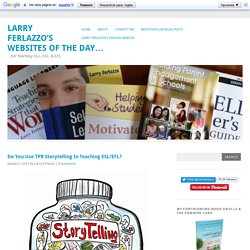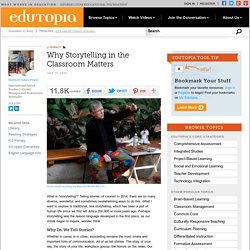

The Best Children’s Books of 2014. By Maria Popova “I don’t write for children,” Maurice Sendak scoffed in his final interview.

“I write — and somebody says, ‘That’s for children!’” “It is an error,” wrote J.R.R. Tolkien seven decades earlier in his superb meditation on fantasy and why there’s no such thing as writing for children, “to think of children as a special kind of creature, almost a different race, rather than as normal, if immature, members of a particular family, and of the human family at large.” Indeed, books that bewitch young hearts and tickle young minds aren’t “children’s books” but simply great books — hearts that beat in the chest of another, even if that chest is slightly smaller. This is certainly the case with the most intelligent and imaginative “children’s” and picture-books published this year. Once in a long while, a children’s book comes by that is so gorgeous in sight and spirit, so timelessly and agelessly enchanting, that it takes my breath away. “Yes,” says Lion. …he hears a familiar sound. Tiddler: The Story-Telling Fish. The smallest fish can tell the tallest tales… "Sorry I'm late, Miss.

I set off really early but on the way to school I was captured by a squid. I wriggled and I struggled till a turtle came and rescued me. " "Oh, no, he didn't. " "OH, YES, HE DID. " Tiddler is a little fish with a BIG imagination! Book Author: Julia Donaldson See More Books from this author Teaching Ideas and Resources: English Identify all of the rhyming words that are used in the story. Maths What times are mentioned in the story? Science Look at the illustrations and identify the different sea creatures shown. Computing Use painting software to create an underwater scene. Design Technology Design a pond for your home / school grounds. Art Decorate the fish templates using your own designs?
Geography. Language Magazine Telling Stories. Stephen Krashen on what to do and what not to do when reading aloud Thanks in large part to the success of Jim Trealease’s Read-Aloud Handbook, now in its 7th edition, reading aloud has become a popular activity.

According to Scholastic’s 2015 Kids and Family Reading Report, over 75% of American children age five and younger are read to at least four times a week, and the vast majority of parents and children enjoy read-aloud sessions. Read alouds are not only pleasant, they are also the first step on the road to literacy development. But it is possible to push reading aloud too far and actually harm literacy development. What Read Alouds Do Well Research informs us that: • Hearing stories results in significant vocabulary development. What Read Alouds Do Not Do Well A current fashion is to try to make read alouds do what they are not designed to do. The danger of interruption When children normally hear stories, interruptions are quite rare. Do You Use TPR Storytelling In Teaching ESL/EFL? I’ve certainly been aware of the concept of using Teaching Proficiency through Reading and Storytelling (TPRS) in teaching a second language but, to tell the truth, I’ve never really explored it much, though a couple of years ago I did create a short “A Quasi “The Best” List On TPRS (TPR Storytelling) For Teaching ESL.”

It’s just a link to a number of links I’ve collected on Delicious. I’d love to invite teachers experienced with it — in either teaching English or another language — to write some short guest posts on this blog. Please leave a comment if you’re interested. Related Do You Use TPR Storytelling In Teaching ESL/EFL? I've certainly been aware of the concept of using Teaching Proficiency through Reading and Storytelling (TPRS) in teaching a second language but, to tell the truth, I've never really explored it much. April 3, 2012 In "teacher resources" Why Storytelling in the Classroom Matters. What is "storytelling"?

Telling stories, of course! In 2014, there are so many diverse, wonderful, and sometimes overwhelming ways to do this. What I want to explore is traditional, oral storytelling, which has been a part of human life since we first left Africa 200,000 or more years ago. Perhaps storytelling was the reason language developed in the first place, as our minds began to inquire, wonder, think. Why Do We Tell Stories? Whether in caves or in cities, storytelling remains the most innate and important form of communication. Storytelling is the oldest form of teaching. Can You Be a Storyteller and a Teacher? You already are.
Interactive Storytelling It is important at this stage that I describe my particular style. The Many Benefits to Storytelling When you tell your first story, there is a magical moment. Inspires purposeful talking, and not just about the story -- there are many games you can play. That last point has really proven powerful this year. I recommend the following: